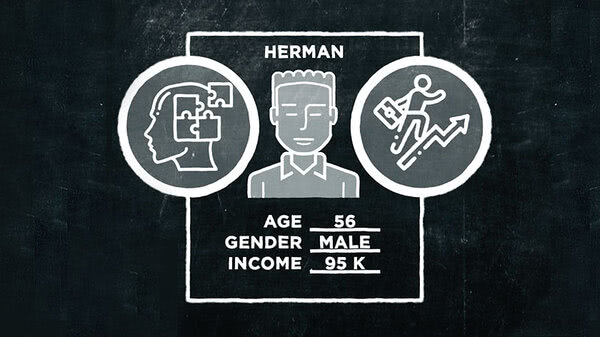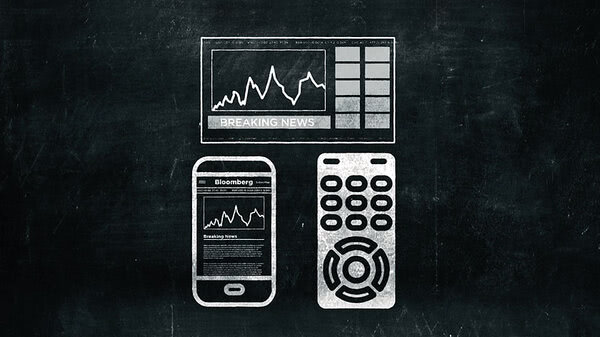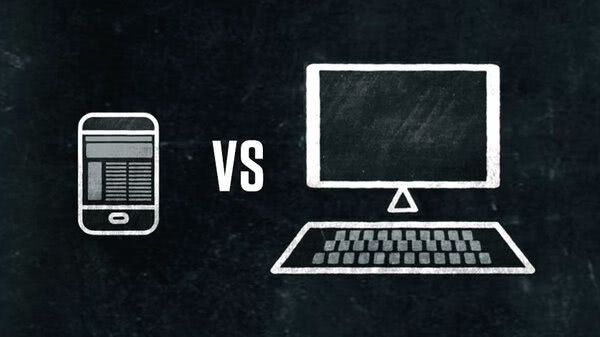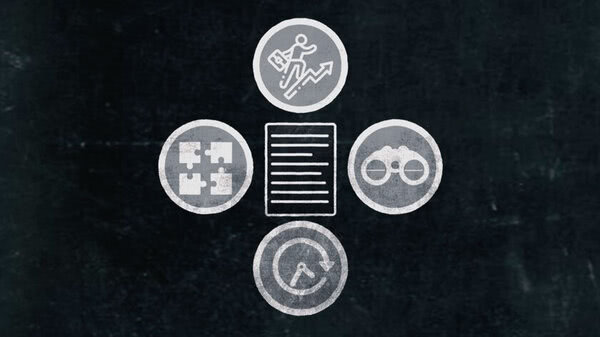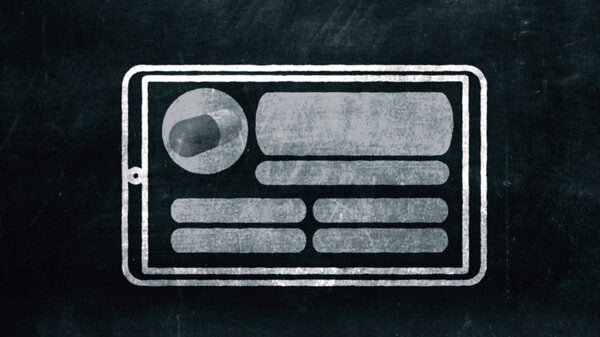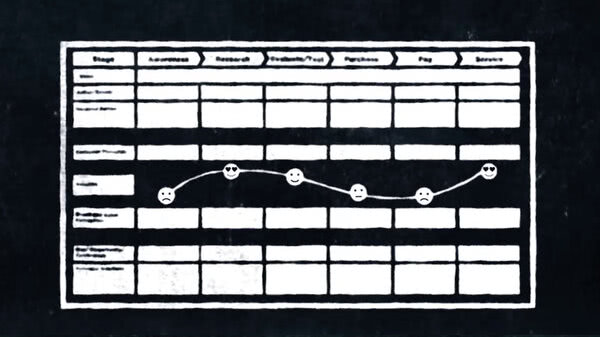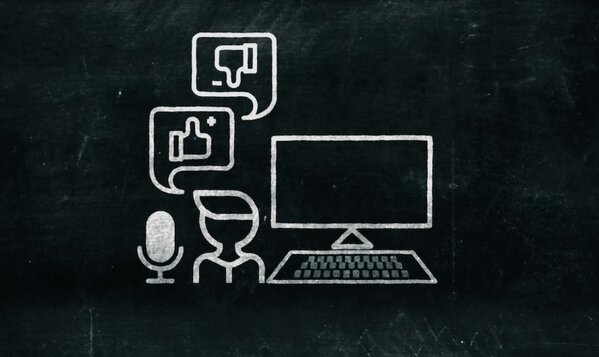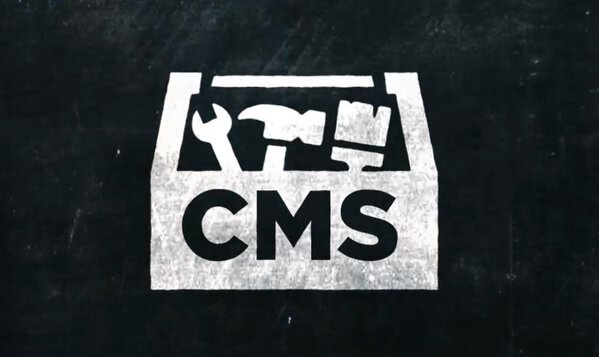Okay. So you've decided what you're going to test and found a good pool of testers to draw from. You're ready to start planning your test.
Usability testing plans consist of two things, tasks and questions. In this video, we'll be talking about tasks.
Tasks assigned to the test users may be general or specific. If you can't think of a specific task, assign a general one, such as explore the website, speaking your thoughts as you go. After watching and listening to them explore, it won't be long before you think of something specific you want them to do because they probably won't be doing it.
An example of a specific task would be, "Reserve an economy car for pickup at the San Francisco airport." Specific tasks are useful for evaluating the usability of an app or website.
A more general task can help assess the natural inclinations of your users and their overall responses to your product.
Assign tasks in an order that makes sense to you and your test subjects. You want to do everything you can to put them at ease.
Let's say you're sending them to a website that sells clothing. For their first task, have them browse through their t-shirt collection and pick one out. Then ask them to take their new selection to the checkout as their second task. It's the natural order for those two activities.
Of course, you'll want to record these tests. For remote testing and recording, we might enlist an online service like UserTesting.com or Try My UI.
Remote services have the advantage of allowing testers to work in the wild, from the comfort of their own homes.
If it's a live test, you could record with screen recorders, as well as with actual cameras.
Video cameras and live tests have their advantages, such as being able to see how testers interact with the hardware, as well as the software.
Maybe you see an older user squinting at his computer monitor to read some piece of text. Or maybe you catch a tablet user having difficulty navigating your app. And she's holding it with one hand, but the function in the UI is more easily accomplished using two hands. Those are things you'd never catch if you weren't there in the room with them.
So to summarize, come up with a list of tasks for your testers.
For projects in the planning and early design phase, tasks should be broader and more open ended. As development proceeds, focus more on specific tasks.
Finally, choose from the appropriate program or service to record your tests, whether it's onsite or remote.
In our next video, we'll be talking about planning questions to ask your test subjects.




